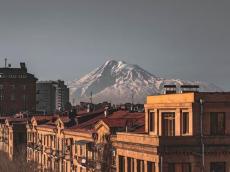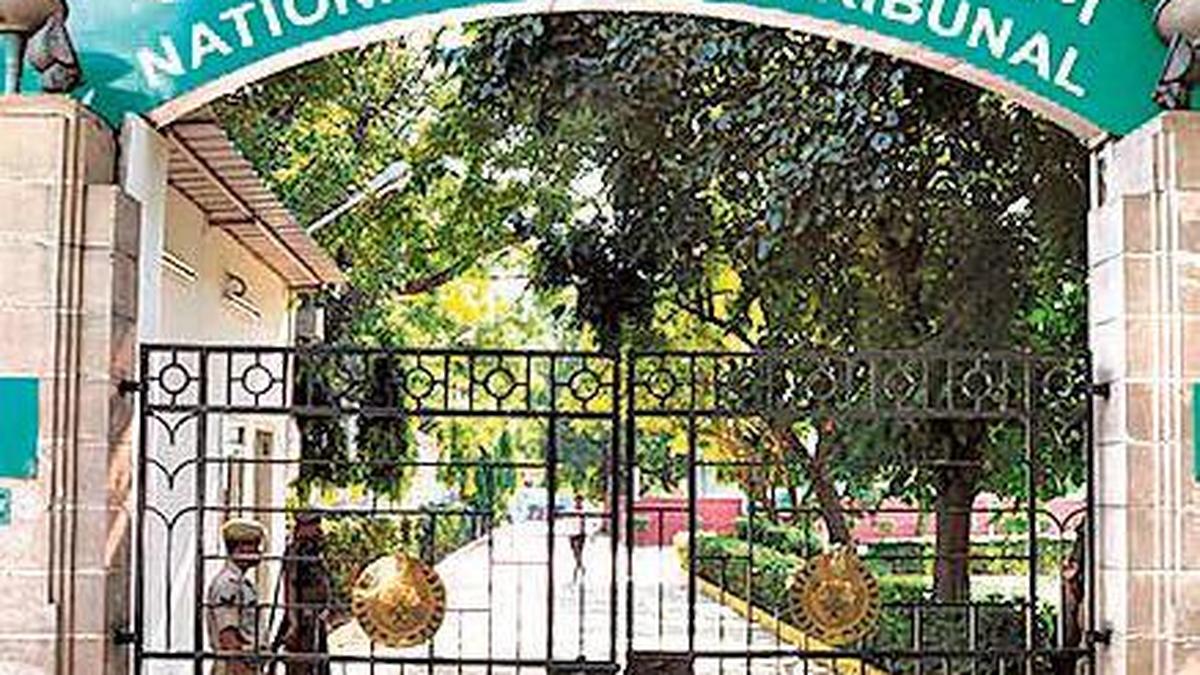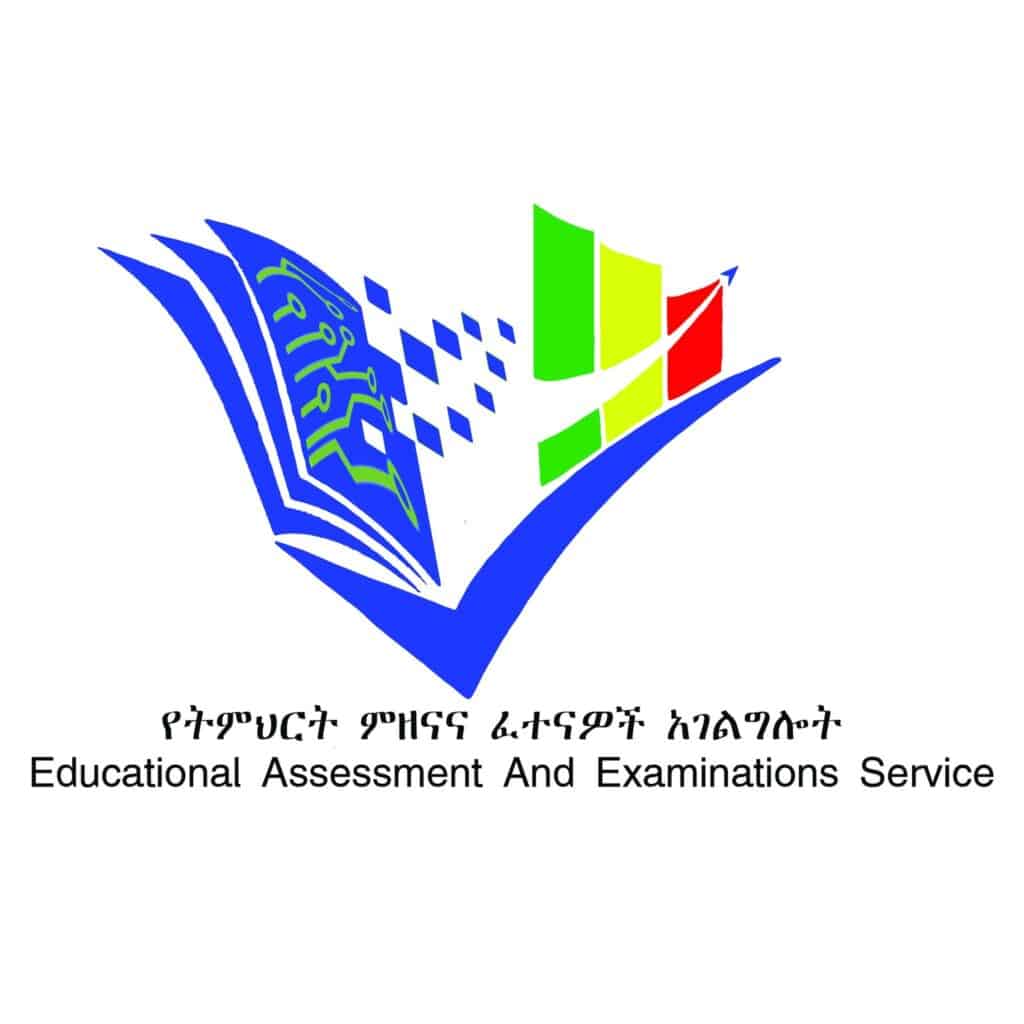
The Armenian government’s intention to remove the image of
Mount Agrydag (“Ararat”) from the republic’s border stamps has led to
new bouts of nationalism, which has captured the revanchist opposition and
social media users, especially those who live far from Armenia and do not worry
about the problems of their “historical homeland.” There is no
particular dissatisfaction about this in the country itself. By and large, ordinary
Armenians do not care what is painted on the stamp or even on the coat of arms,
they are more interested in opening borders and the onset of a normal life.
What is happening in the region could not but convince the masses that the
Turkish mountain will never become Armenian, no matter how much you say
“halva”, and the continuation of officially formalized claims to the
territories of its neighbor will end in inevitable self-destruction for
It should be recalled that on September 11, the Armenian
government adopted amendments according to which, starting from November 1,
2025, the symbol of Mount Ararat will no longer be on the entry stamps in
Armenian passports.
This decision has already been dubbed the dismantling of
identity, a retreat before the demands of Baku and Ankara, the capitulation of
the Armenian authorities, and so on. Meanwhile, the steps taken by the
Pashinyan government serve precisely to save the Armenian identity from itself.
More precisely, from the unhealthy stuffing, which must be removed for the sake
of the future of the Armenian statehood.
Armenia cannot count on normal relations with its neighbors,
claiming their lands. And the presence of Agrydag in the Armenian symbolism is
a blatant claim to this territory. Moreover, the Armenians do not even need the
mountain itself, but its alleged involvement in the biblical story of Noah. By
proving that the mountain is “intrinsically Armenian,” the
ideologists of Armenian exceptionalism thus prove the primacy of Armenians as
proto-humanity. Probably, everyone knows the fairy tales about the Armenian
origin of Noah and others who were in the Biblical Ark. Hysterical against the
government’s decision, the opposition is protesting against the threat of the
foundation on which the very Armenian identity has been created for many years.
This is a very shaky support, because it is made up of unhealthy fantasies and
criminal claims against someone else. The Armenian people are already beginning
to realize this, and the revanchists are very worried about it.
A WORD TO THE EXPERT
Rizvan Huseynov, historian, political scientist, Director of
the Center for the History of the Caucasus:
“During the meeting of the special representatives of
Turkiye and Armenia on the Turkish-Armenian border and discussions on the
opening of borders, transport links and Turkish projects to Armenia, one of the
conditions for the development of relations on the Turkish side was to remove
the image of Agrydag from the state symbols. Therefore, it was decided to
remove the image from the border stamps. We should expect a continuation of
such measures, already from other departments using Agrydag as a symbol.
The narrative about the alleged affiliation of Agrydag to
Armenians was introduced into the Armenian consciousness in the 17th and 18th
centuries thanks to the Jesuits. Before that, Agrydag was not a symbol for the
Armenians. The narratives were based on the biblical story of Noah and the
landing of the Ark on Mount Ararat. The myth of the Armenian “Ararat”
was invented and put together in the depths of European churches and monarchies
and presented to the Armenian Church, which instilled it to the Armenian
people. The period of formation of national identity among the Armenian people
occurred in the 17th and 19th centuries, and then the myth was brought to the
Armenians that Agrydag, it turns out, has some special symbolic meaning for
this people.
Who needed it? This was important for European colonial
projects in our region. They needed a symbolic foothold, and Agrydag became
This period goes to the dustbin of history. Both the
“Armenian project” and its symbols must disappear. The process is
already underway. We do not know how deeply it has engulfed Armenian society,
but we see that the Armenian leadership has a desire to rid its people of this
inferiority complex and the accumulation of myths through which they are
controlled, in fact sacrificing them. After all, every time, as a result of
such claims by Armenia on the territory of its neighbors, the Armenian people themselves
suffer losses. This situation has been repeated cyclically many times. The
“Armenian project” is used by its creators – the West and Russia – to
achieve their own goals, and after the project does not bring the desired
results, the Armenian people are left alone with their problems.
There is hope that this time the country’s leadership will
be able to lead the Armenian people out of this vicious circle. But this
requires reforms in education, historical science, and the propaganda methods
of the Armenian Church, which is spearheading this process. Armenia’s
neighbors, and first of all, we will help to rehabilitate, that is, to cleanse
the consciousness of the Armenian society from these cliches. As the director
of the Center for the History of the Caucasus, I can say that we have the
opportunity to help the Armenian side in this process.”
Note that the situation is quite simple to understand. It
would seem that there is something difficult here – what your hello will be, so
will the neighbor’s answer. Nikol Pashinyan understands that he will be doused
with political “slop”, and yet he is trying to change something.
Explaining the removal of the image from the stamp, MP from
the ruling party Artur Hovhannisyan stated that Armenia relies on the Alma Ata
Declaration in its relations with its neighbors. Why? “Yes, because every
action we take, whether in the form of a signature or a statement, should in no
way send dangerous messages to neighboring countries.”
The image on the stamp or coat of arms of a mountain located
on the sovereign territory of Turkey is an openly dangerous message that Ankara
always has in mind. Unfortunately, in our region, the Armenians have proven
themselves to be a very bad side – as a toxic community, greedy for other
people’s goods and lands and not disdaining to achieve these goals by any
means. By removing the Agradag from the stamp, Armenia is sending Ankara a
positive message, not a dangerous one, making it clear that it is ready to
recognize the realities, including historical ones.
As Armenian journalist and blogger Natalie Aleksanyan wrote
on her Facebook page, “Even if we depict Tigran the Great’s Armenia in
print, from sea to sea, reality will not change. Just as the image of
“Ararat” (our quotation marks – ed.) did not change it, but instead
created security threats. And everything else is pathos and a way to sell
“Ararat” to people in the form of political coins. We have no
homeland outside of Armenia.”
I must say that the Armenian side has been actively playing
the Ararat card for many years, using it in various ways. For example, to
attract money from the diaspora. A few years ago, plans were announced to build
and sell houses with views of Agrydag to “repatriates”. “There
are many people who want to watch Ararat in the morning while drinking
coffee,” the then governor of the Ararat region told reporters.
I remember that in Armenia there was even a discussion about
the need to increase the Agradag on the national emblem of the country. It’s
supposedly too small, even though the mountain itself is big…



